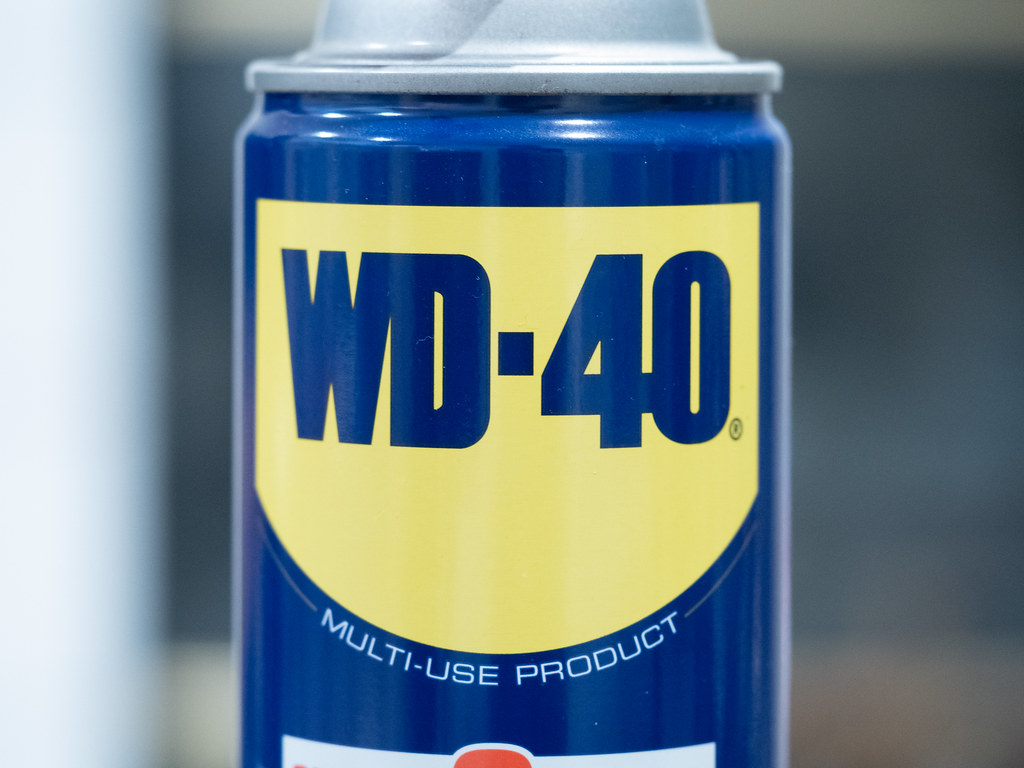Owning a boat can be a rewarding experience, offering opportunities for relaxation and adventure on the water. However, maintaining a boat requires regular upkeep to ensure it remains in top condition. One versatile tool that can simplify many maintenance tasks is WD-40. Known for its ability to lubricate, protect, and clean, WD-40 is a must-have for any boat owner. In this article, we will explore five essential WD-40 tips that will help you keep your boat in excellent shape.
Contents
1. Protecting Metal Surfaces from Corrosion
Understanding the Threat of Corrosion
Boats are constantly exposed to water, salt, and humidity, which can lead to the corrosion of metal parts. Corrosion not only affects the appearance of your boat but can also compromise the integrity of critical components.
Using WD-40 to Prevent Corrosion
WD-40 is designed to displace moisture, making it an effective tool for preventing corrosion.
- Clean: Ensure all metal surfaces are clean and dry before application.
- Spray: Apply a generous coat of WD-40 to all exposed metal parts, including railings, hinges, and hardware.
- Wipe: Use a clean cloth to wipe off any excess, leaving a thin protective layer.
- Reapply: Regularly reapply WD40, especially after exposure to saltwater or heavy rain.
Benefits
- Longevity: Regular application of WD-40 can extend the life of metal components by preventing rust and corrosion.
- Maintenance: Simplifies future cleaning and maintenance tasks by preventing grime buildup.
2. Lubricating Moving Parts
Importance of Lubrication
Proper lubrication of moving parts ensures smooth operation and reduces wear and tear. On a boat, this includes components like hinges, latches, and pulleys.
How to Lubricate with WD-40
- Identify: Locate all the moving parts that require lubrication.
- Clean: Remove any dirt, salt, or old lubricant from the parts.
- Spray: Apply WD-40 to the moving parts, ensuring it penetrates all crevices.
- Move: Operate the parts to distribute the lubricant evenly.
- Wipe Excess: Remove any excess WD-40 to avoid attracting dirt.
Benefits
- Smooth Operation: Ensures that all moving parts operate smoothly and quietly.
- Reduced Wear: Minimizes friction, reducing wear and extending the life of components.
3. Cleaning and Protecting Electrical Connections
Risks of Moisture to Electrical Systems
Moisture is a significant threat to electrical systems on a boat. It can cause corrosion, short circuits, and other issues that compromise safety and functionality.
Using WD-40 for Electrical Maintenance
WD-40 can protect electrical connections from moisture and corrosion.
- Disconnect: Safely disconnect electrical connections before applying WD-40.
- Spray: Apply WD-40 to the connectors and terminals.
- Reattach: Reconnect the electrical components and ensure they are secure.
- Seal: For added protection, use electrical tape or waterproof sealant.
Benefits
- Prevents Corrosion: Displaces moisture and prevents corrosion on electrical components.
- Ensures Reliability: Helps maintain the reliability and safety of the boat’s electrical systems.
4. Removing Stubborn Stains
Common Boat Stains
Boats can accumulate various stains, from bird droppings to saltwater marks and fish residue. These stains can be tough to remove and may damage surfaces if not addressed promptly.
Stain Removal with WD-40
WD-40 is effective at breaking down and removing stubborn stains.
- Identify: Locate the stains on the boat’s surface.
- Spray: Apply WD-40 directly to the stained area.
- Wait: Let it sit for a few minutes to break down the stain.
- Wipe: Use a clean cloth or sponge to wipe away the stain.
- Rinse: Rinse the area with water to remove any residue.
Benefits
- Versatility: Effective on various types of stains and surfaces.
- Protective: Leaves a protective layer that can help prevent future stains.
5. Maintaining the Engine
Importance of Engine Maintenance
The engine is the heart of your boat, and regular maintenance is crucial for its performance and longevity. WD-40 can play a vital role in keeping your engine running smoothly.
Using WD-40 for Engine Maintenance
- Clean: Remove any dirt, grime, or salt deposits from the engine surfaces.
- Spray: Apply WD-40 to metal parts, cables, and linkages to prevent rust and corrosion.
- Lubricate: Use WD-40 to lubricate throttle cables and other moving parts.
- Protect: Coat exposed metal surfaces to protect against moisture.
Benefits
- Prevents Corrosion: Protects engine components from rust and corrosion.
- Ensures Smooth Operation: Lubricates moving parts to ensure smooth and reliable performance.
Additional Tips for Using WD-40 on Your Boat
Regular Inspections
Perform regular inspections of your boat to identify areas that may need attention. Look for signs of rust, corrosion, and wear, and address them promptly with WD-40.
Proper Storage
Store your boat properly when not in use. Cover it to protect it from the elements, and use WD-40 on metal parts before storage to prevent rust and corrosion.
Safety Precautions
- Ventilation: Use WD-40 in well-ventilated areas to avoid inhaling fumes.
- Flammability: Keep WD-40 away from open flames, sparks, and high heat sources.
- Skin Contact: Avoid prolonged skin contact with WD-40. Wear gloves if necessary, and wash hands thoroughly after use.
- Proper Disposal: Dispose of WD-40 cans and any used rags properly, following local regulations for hazardous waste disposal.
Conclusion
WD-40 is an essential tool for boat owners, offering versatile solutions for a wide range of maintenance tasks. From protecting metal surfaces and lubricating moving parts to cleaning electrical connections and removing stains, WD-40 helps keep your boat in excellent condition. By incorporating these WD-40 tips into your regular maintenance routine, you can extend the life of your boat, ensure its smooth operation, and enjoy worry-free adventures on the water. Always remember to use WD-40 safely and responsibly to maximize its benefits and minimize any potential risks. With WD-40, your boat will remain a reliable and well-maintained vessel for years to come.
